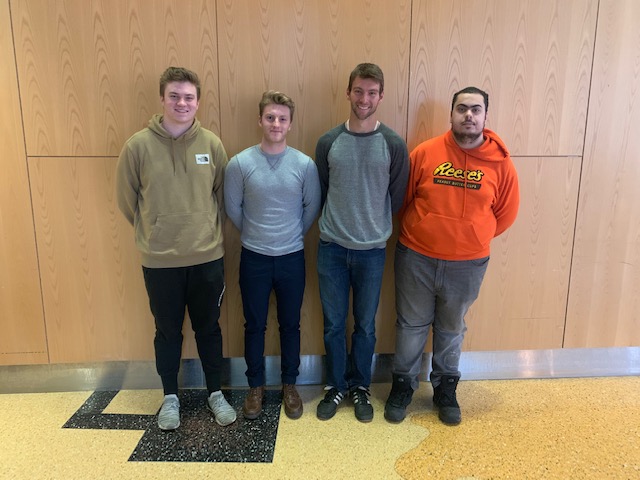Preventing air embolism during percutaneous lung biopsy
This project has been secured to protect intellectual property.
Login for More InformationProject Overview
Lung biopsies are common, minimally invasive procedures which are used to acquire a small piece of tissue from the lungs designated to be tested for disease. Currently, lung biopsies are performed using two differently sized needles. The first needle, the guide needle, is inserted in the patient, creating an incision through the outer skin, and the lungs. The inner stylet of the guide needle is then removed, leaving an open air guide needle in the patient. The smaller cutting needle is then placed in the open guide needle, and fired into the patient to collect a sample.
The issue that the team is tasked with is fabricating an apparatus to be placed in the guide needle’s open cavity, or cannula to reduce the patient’s circulatory vessels’ exposure to atmospheric air during the procedure. If the cannula were to stay exposed to the open air for long periods of time, the risk of air embolisms increases. Air embolisms are blood vessel blockages caused by air bubbles. These embolisms can result in serious harm to patients, especially if anesthesia is used for the lung biopsy procedure. Slight movement by the patient or accidental shifting of the needle by the doctor could result in an air embolism developing.
Team Picture

Contact Information
Team Members
- Abdel Daoud - Team Leader
- Noah Nicol - Communicator & BSAC
- Dylan Schuller - BWIG
- Nicholas Goetz - BPAG
Advisor and Client
- Prof. Naomi Chesler - Advisor
- Dr. John McDermott - Client
Related Projects
- Spring 2021: Preventing air embolism during percutaneous lung biopsy
- Fall 2020: Preventing air embolism during percutaneous lung biopsy
- Spring 2020: Preventing air embolism during percutaneous lung biopsy
- Fall 2019: Preventing air embolism during percutaneous lung biopsy
